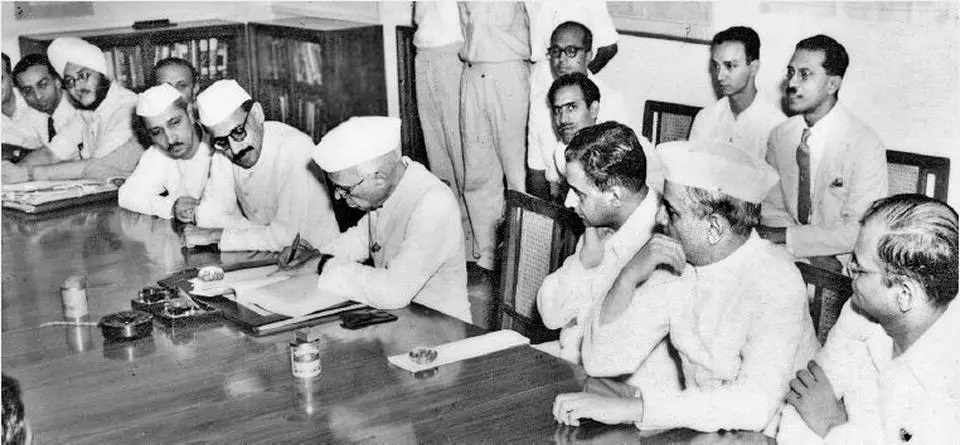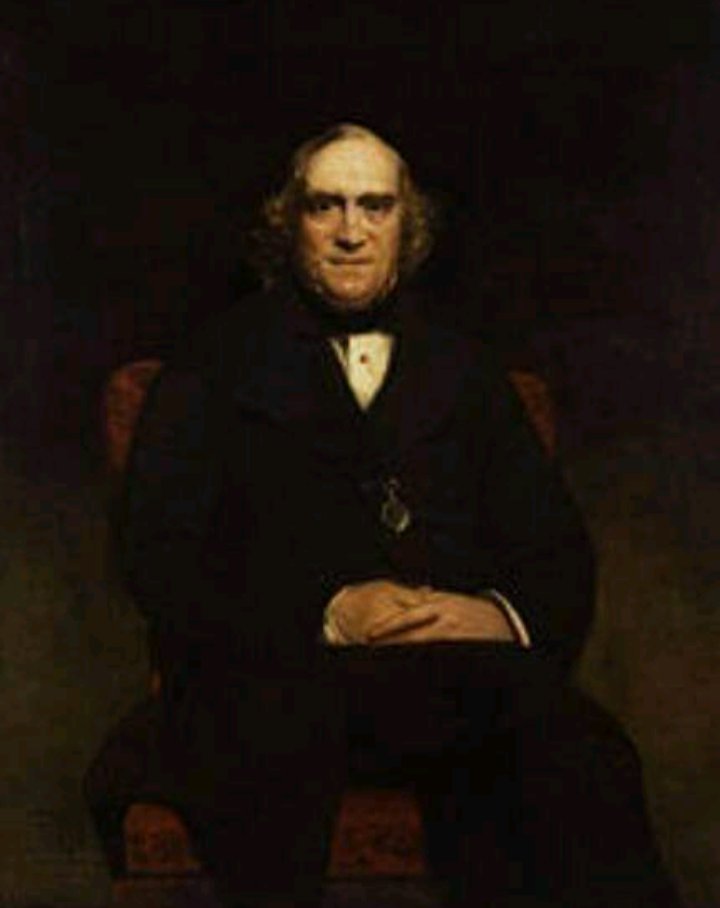
Dr IG Patel’s tenure as Deputy Economic Adviser lasted from 1954 to 1959. By then, the first five year plan was already in progress. The work on the second plan had started. In the third part on IG’s life, we discuss a few major developments and other anecdotes. A detailed discussion on the second plan follows in another post. Continue reading “IG Patel as Deputy Economic Adviser”
![]()
